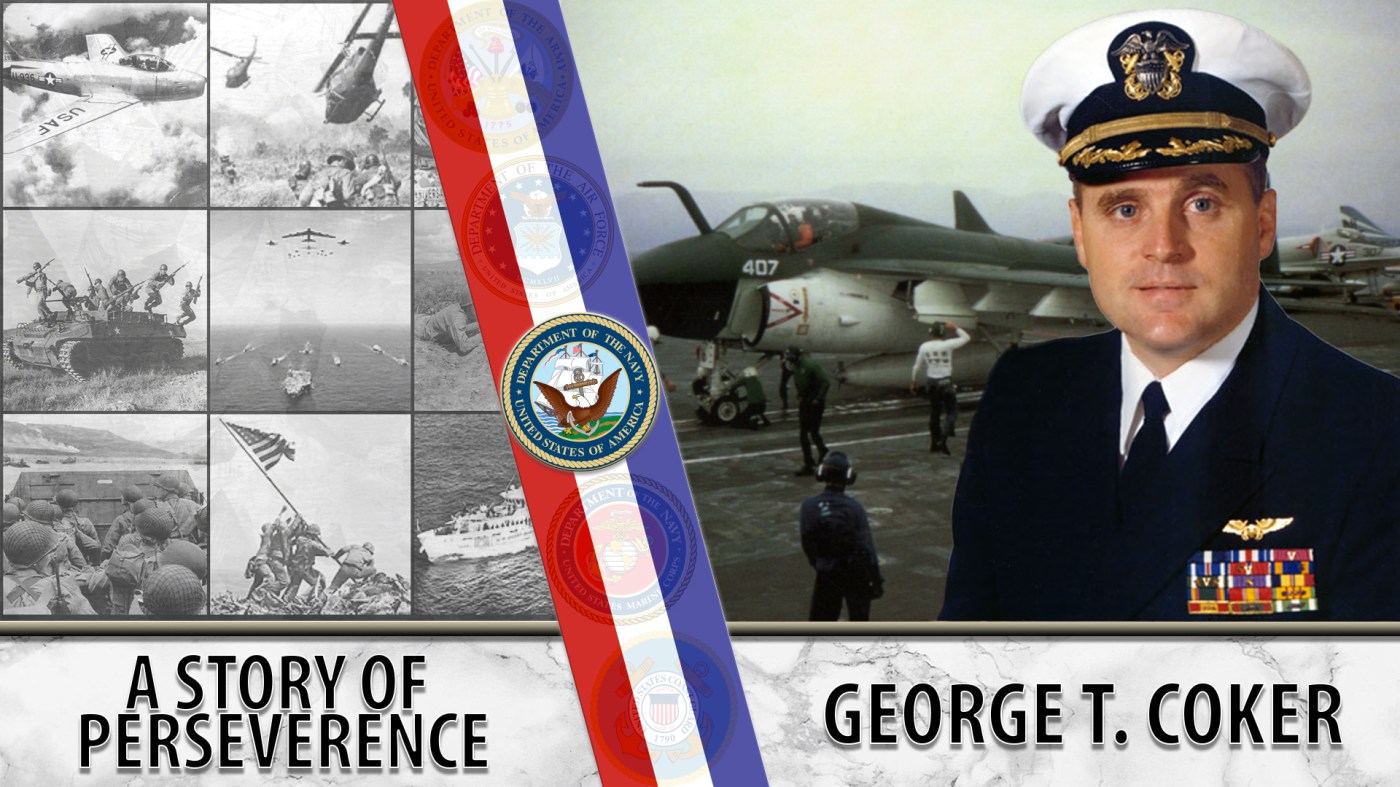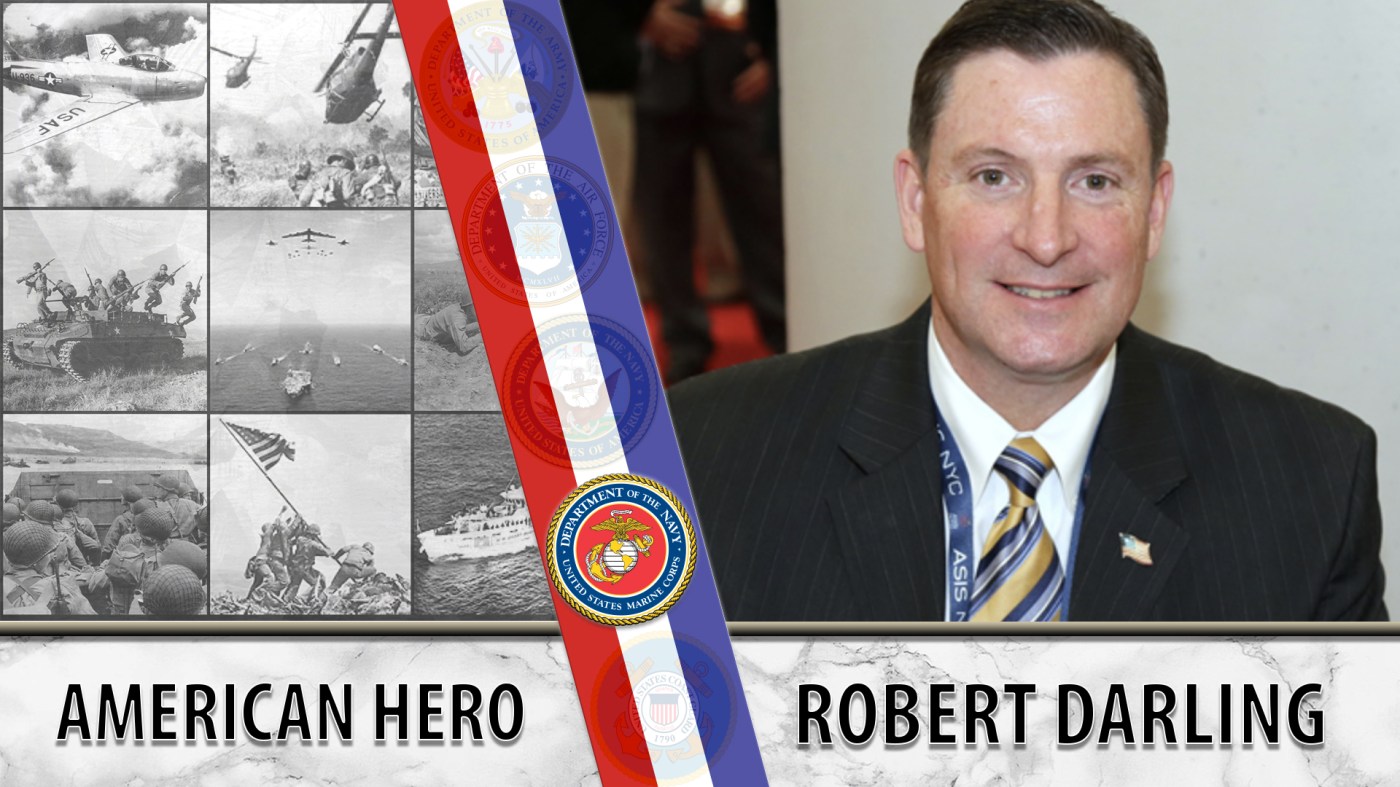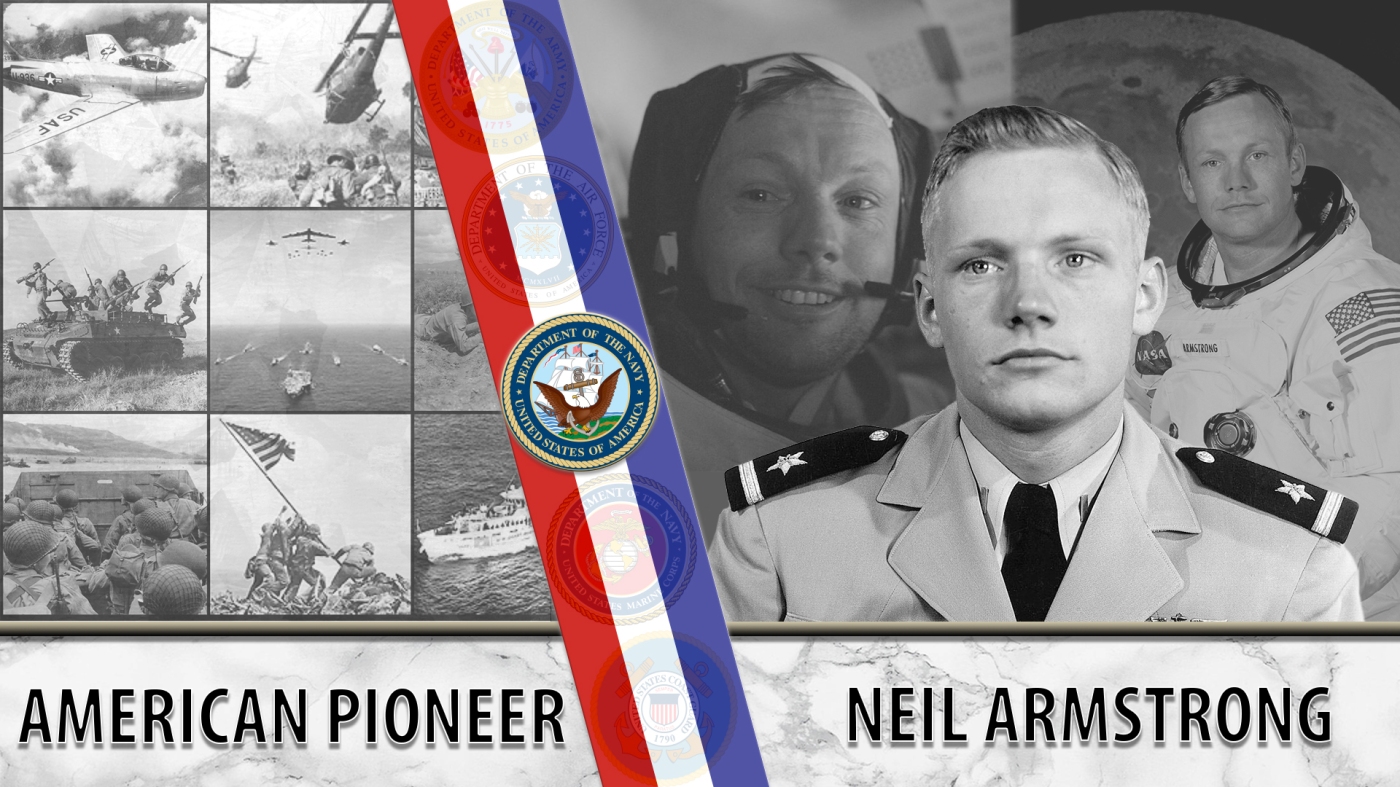
Navy Veteran George Coker served as a bombardier before becoming a prisoner of war during the Vietnam War.
It was supposed to be a routine mission, a “milk run” in the words of George Coker, who was serving on his 55th missions in Vietnam as a bombardier/navigator. Usually, his missions consisted of flying over Vietnam from the aircraft carrier USS Constellation and bombing strategic points like bridges and roads. This mission was no different. Coker and his pilot, Jack Fellowes, were tasked with bombing the Thanh Hóa Bridge on Aug. 27, 1966. Before they could reach their target, however, they were struck with anti-aircraft fire and forced to eject from the aircraft. Coker landed in an open rice paddy, where workers immediately captured him.
“I reached up to undo my parachute and my hands were pulled back,” said Coker in an interview with the Stockdale Center. This was the beginning of Coker’s time as a prisoner of war (POW) in Vietnam, which eventually lasted six and a half years.
The Vietnamese soldiers took Coker and Fellowes to Hanoi, where they were put into “Heartbreak Hotel,” as he and his fellow prisoners called the prison. As expected, the conditions of the prison were brutal, where, Coker said in an interview with the Veterans History Project (VHP), he received plates of rice with watery soup that didn’t have much of anything in it. The Vietnamese tortured Coker and other POWs, using obscene practices to obtain strategic information for the war effort, but mainly as a propaganda tool for their cause. One such treatment was “the wall,” where, according to a Virginian-Pilot article, prisoners had to stay standing with their hands above their heads, facing the wall, and stay there from 5:30 a.m. to 10 p.m.
Coker and the other prisoners adapted to their condition as best they could and practiced intricate methods of communication with one another. He and the prisoners used specific “tap codes,” certain sequences of taps against a wall, to send messages to a prisoner on the other side. Coker even mentioned in his VHP interview that if the guards sent prisoners to do chores like sweeping, sometimes the prisoner swept the broom in a certain manner to transmit messages.
The Vietnamese did not tolerate this behavior, and Coker and his comrades were repeatedly punished for their attempts to organize and communicate. Once, in October 1967, Coker and another prisoner escaped from their confines and swam miles down the Red River, but they were found hiding in a mud bank.
After this failed attempt, Coker was put into solitary confinement, where he was alone in his cell facing frequent interrogation and torture. Throughout the inhumane treatment, Coker developed ways to try to cope with the situation. He noted in his VHP interview that he built houses in his mind, one for each climate and environment. Coker said that “a belief in something” helped him get through it and mentioned that he recited the beginning of the Boy Scout Oath from his childhood repeatedly. He states that the scouts “saved his life,” providing him hope during his time in the prison camp.
Coker was released from captivity on March 4, 1973, as part of Operation Homecoming, where the North Vietnamese returned American POWs at the war’s end. Fellowes was also released. When Coker returned to the United States, he received a Prisoner of War Medal, a Naval Cross, a Legion of Merit and a Silver Star in a ceremony in San Diego.
Coker reflected on his time as a POW and provided active service members advice on how to deal with torture and being a POW. In his Stockdale Center interview, he stated that “you have to spring back” and insists that “you can survive it. You can go on.”
Coker stayed in the Navy after he was released, retiring at the rank of commander in 1986. Although painful aspects of his time in Vietnam are still with him and will never leave him, he learned that “you’re capable of a great deal more than you realize, if you really set your mind to it.” Coker lives in Virginia and continues to stay active in the POW and Veteran communities.
Thank you for your service.
Writer: Ryan Beane
Editor: Annabelle Colton
Fact Checker: Jonathan Hong
Graphic Designer: Brittany Gorski
Topics in this story
More Stories
Bernie Webber led one of the greatest Coast Guard rescues in history that was later chronicled in the book and movie, “The Finest Hours.”
As the events of 9/11 unfolded, Marine Veteran Robert Darling served as a liaison between the Pentagon and Vice President Dick Cheney in the underground bunker at the White House.
NASA astronaut Neil Armstrong was the first person to walk on the moon. He was also a seasoned Naval aviator.







as a fellow vietnam vet i salute you! rvn 79-71.